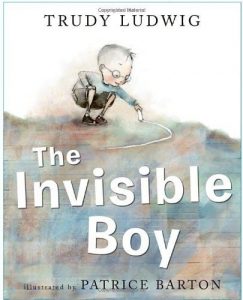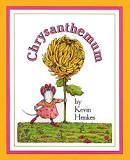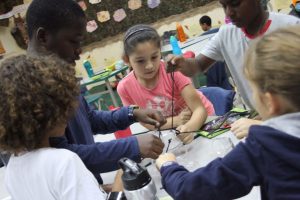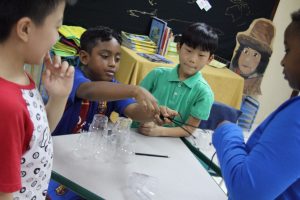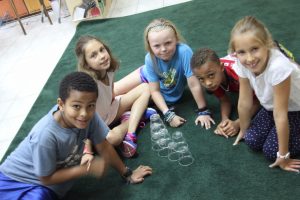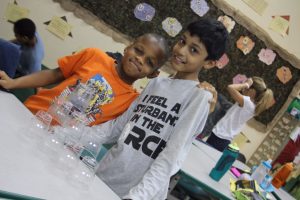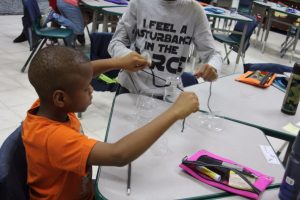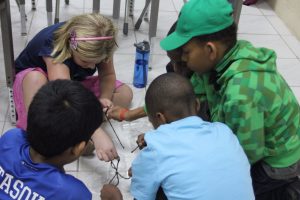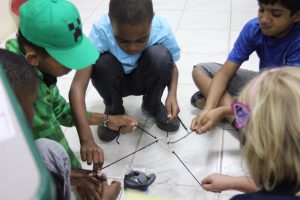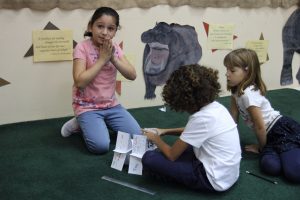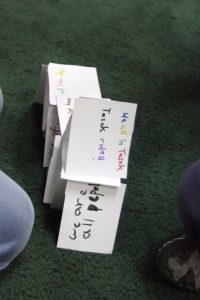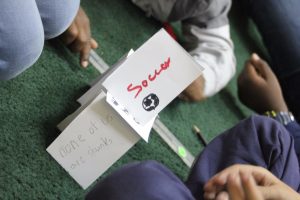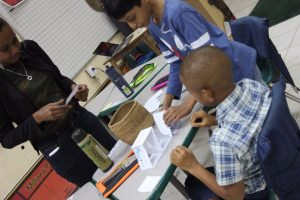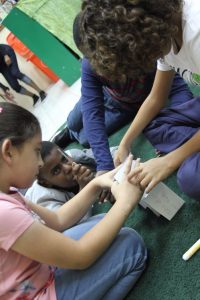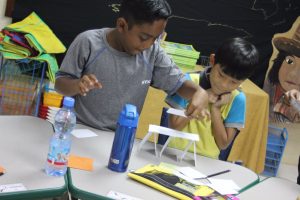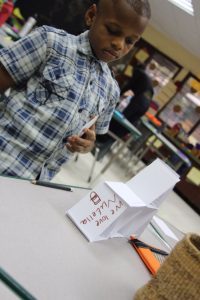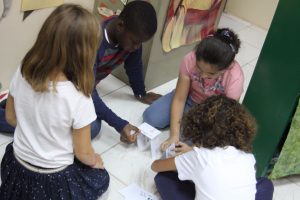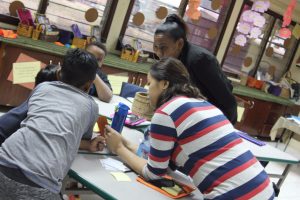At TASOK, we believe in excellence, integrity, and inclusivity.
As learners at TASOK, we strive to be:
- inquirers
- knowledgeable
- thinkers
- communicators
- principled
- open-minded
- caring
- risk-takers
- balanced
- reflective
Today, we dug into the meaning of some of these terms, and each scholar took time to consider with which descriptor he / she most identifies. As we continue to grow as “fifth grader thinkers,” our desire is to develop each of these qualities in ourselves and to recognize and celebrate them in one another.
Take a peek at the following video clip from “The Rescuers.”
Bernard, Bianca and… the Bottle
Like you, Bernard and Bianca are scholars striving to soar. Each character has areas in which he or she soars, is stretched, or is striving towards. Using the terms from the TASOK Learner Profile, how would you describe each character?
Complete the linked form as you reflect on “The Rescuers.”
The Rescuers: Profiled
At the end of each day (including today), we will take time to reflect on ourselves as learners. Below is a copy of our self-reflection form, which might be useful as you think about Bernard, Bianca, and… YOU!
Learning Habits: Self-Reflection

